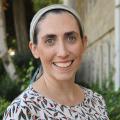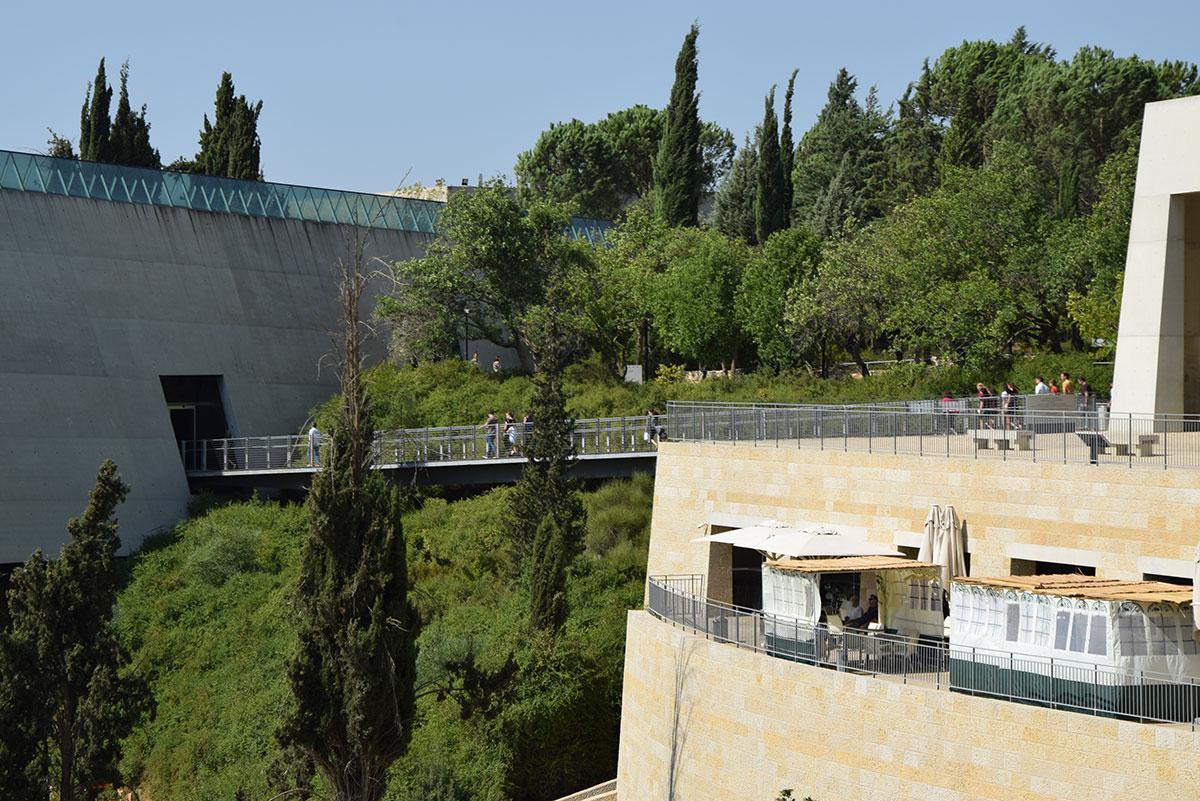

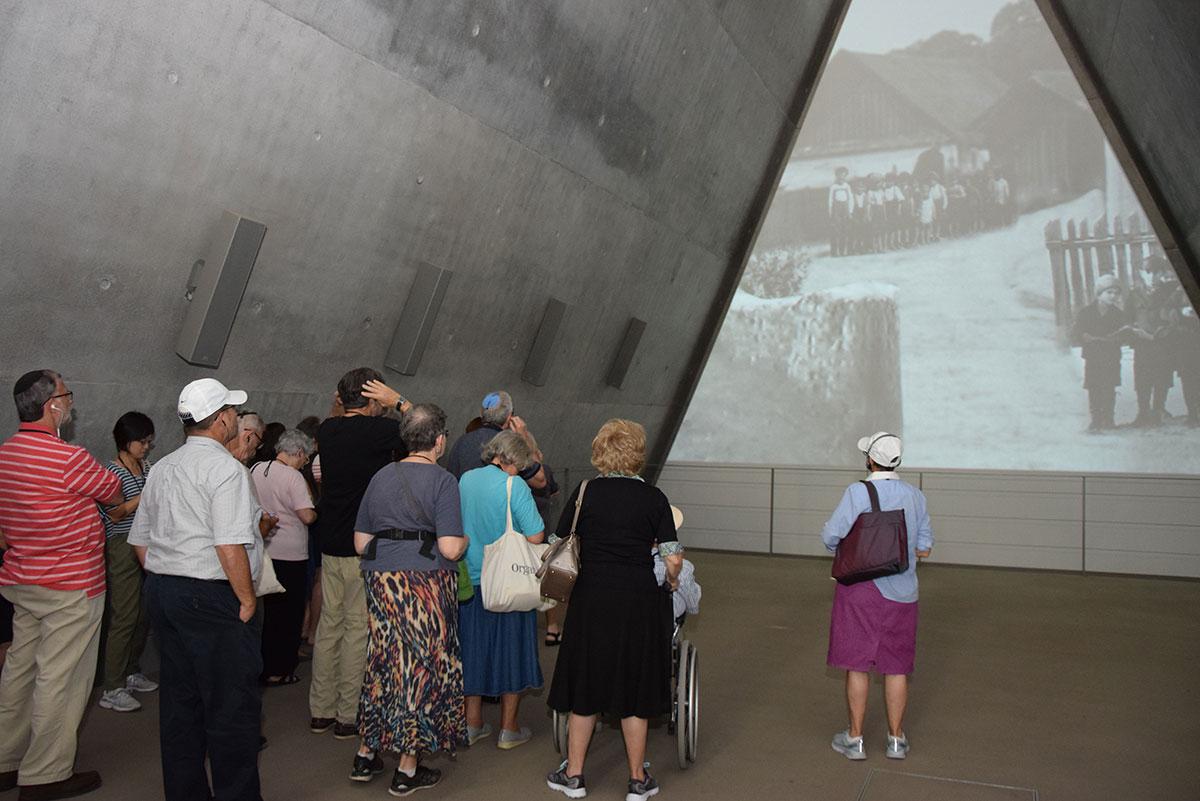

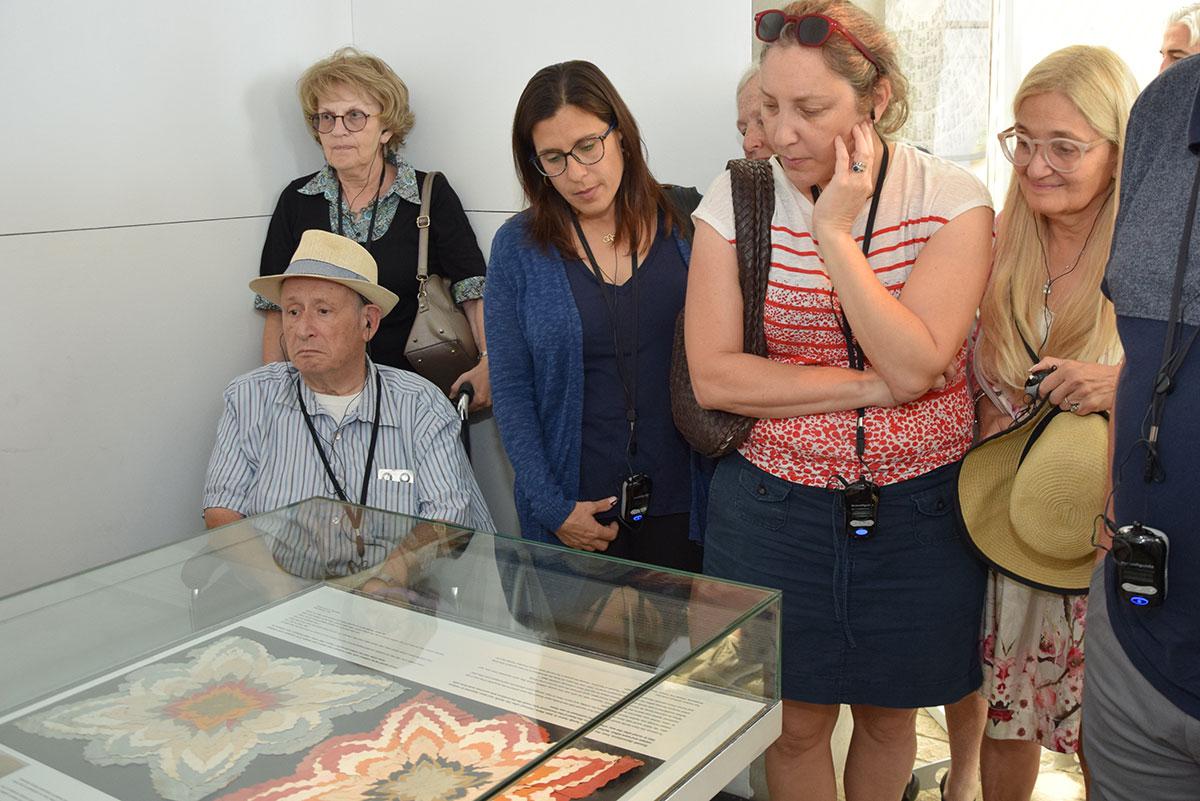

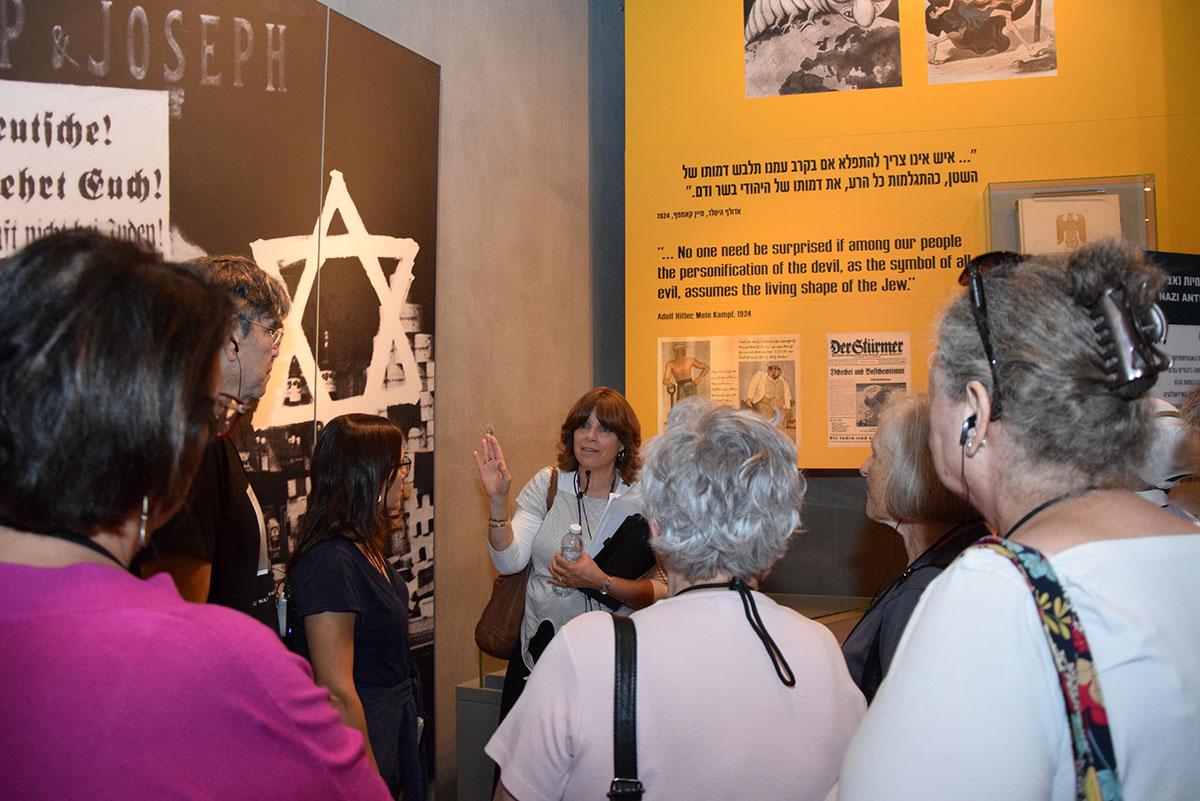

I recently attended a special tour of the Holocaust History Museum that focused on the struggle to observe Jewish Holidays during the Holocaust. Most of the tour participants had previously visited Yad Vashem, and were making a repeat visit in order to learn more about this particular aspect of the Holocaust.
Observing the Jewish festivals with all their accompanying traditions and customs was one facet of the phenomenon whereby Jews struggled to maintain their human spirit in the face of death.
The tour followed the regular path through the museum, but highlighted stories relevant to the Jewish holidays (I will focus on some of the stories that relate to Sukkot, the festival taking place this week). In particular the guide, Debby Spero, wove stories about her own family's experiences into the tour.
Before the war, Spero's grandfather, Rabbi Julius Jakobovits, was the officiant at the Fraenkelufer Synagogue in Berlin. When they were looking for a home, her grandmother, Paula Jakobovits, had searched for an apartment that had an open balcony upon which they would be able to build a sukkah (the traditional booth in which Jews eat during the festival of Sukkot). Eventually she found such an apartment, which was also large enough to house their large family.
Whilst standing by the exhibit about the Kristallnacht pogrom of November 1938, Debby told the group about the sukkah her grandparents had built in Berlin just weeks beforehand, describing the danger inherent in building an instantly identifiable Jewish structure outside at that time. According to Jewish law, a sukkah must meet certain criteria; Debby's grandfather had measured the height of the railing around the balcony and found it to be the minimum height permitted for a sukkah wall. Her grandparents placed the schach (the traditional roof of a sukkah) on top of the balcony wall in such a way that it could not be seen from the street and squeezed inside – there was just enough space to sit on the floor and eat.
The group learned about yet another sukkah that had been built on a top-floor balcony, this time inside the Warsaw ghetto in 1941. Jews stood in line for hours waiting for the opportunity to make the blessing for sitting in the sukkah. They also queued for hours to make the blessing over a set of the traditional four species (lulav and etrog) that had been smuggled in from Switzerland. In some ways, Spero related, observance of religious traditions was actually easier in the ghetto where the Jews were among Jews; it did not mark them out for "attention" in the way that visible religious activity would have done whilst still living among their former neighbors.
Yad Vashem's featured artifacts displayed in the Visitors Center also relates to Sukkot and brings together the periods before and after the Holocaust. These handcrafted sukkah decorations were made by Naftali Stern before the war. He had discovered his creative talent early on in his life, creating items related to Jewish festivals. Naftali was the only member of his family to survive the Holocaust. When he returned home to Satu Mare, Transylvania, after the war, these sukkah decorations were among the few items that had not been pillaged by his former neighbors. Together with his wife Friedl, a Holocaust survivor also from Satu Mare, he immigrated to Israel in 1950. They continued to use Naftali's handmade decorations in the sukkah that they built every year in their new home in Israel; a tangible reminder of his family before the war.
This week, Yad Vashem too has a sukkah on the balcony of its main cafeteria, where visitors can maintain this cherished tradition.




